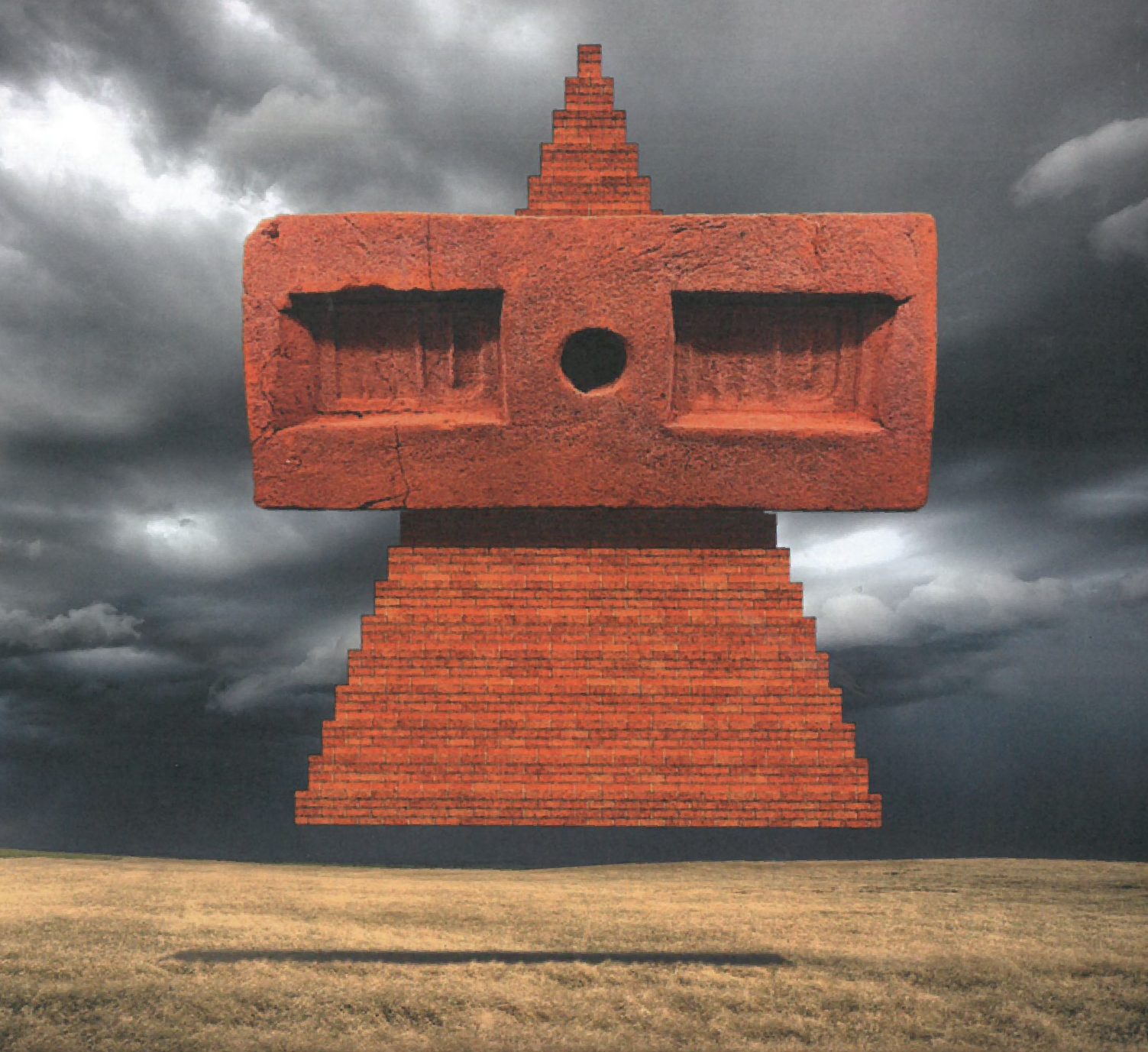Read: New British Cinema

Produced in association with the Curzon group, who have been supporting the homegrown cinema scene for some three quarters of a century, New British Cinema is both a round-up of the directors at the forefront of the British screen and an advocacy that UK cinema is at a particularly fertile point. The format of the book is simple – a series of interviews with leading British directors, discussing both their techniques and themes, and the technicalities of getting film made in a country where finance has to be cobbled together from a rag bag of dwindling arts council grants, private philanthropists and online fund raisers.
Curiously, the book opens with a discussion with Lenny Abrahamson. Abrahamson was born in Dublin and makes films that are quintessentially Irish. Is it nit-picking to point out that he seems an odd director to pick as the opening interview in a book about British Cinema? Regardless, the interview is strong, and sets the framework for the book – it leads with a round-up of the director’s career, and then follows with an astute, well informed interview, in Abrahamson’s case focusing on What Richard Did, his taut portrayal of upper middle class Irish school kids.
Of the directors that followed, there were fascinating nuggets to be found throughout, from Alex Garland detailing the futurist ideas and sci-fi influences behind his directorial debut Ex Machina, to Sally El Hosaini talking more prosaically about the very real difficulties she encountered trying to raise funds to make her debut My Brother the Devil. It “wasn’t quite an ‘urban’ film,” she notes, “as it had too much poetry and sensitivity, and yet it was not some ‘art house’ film either , as it was genre and had commercial ambitions” Further in John Maclean, formerly of the Beta Band, talks in detail about his use of music in film, given a rare forensic breakdown of the soundtracks used in Pitch Black Heist and Slow West
Inevitably all this often unspoken insight is incredibly useful to any student of film. However, the lack of any essays discussing the British film industry in more detail seems like an opportunity missed – there is little context offered, and the directors are interviewed in isolation, so patterns and interactions between there work are overlooked. Even a timeline of films and events from the last 30 years would have been illuminating, and perhaps taken this book beyond it’s specialist sphere to a wider audience. As it is, New British Cinema remains indispensible for UK enthusiasts looking work in the industry, but of only passing interest to the casual reader.

















Must Reads
David Holmes – Humanity As An Act Of Resistance in three chapters
As a nation, the Irish have always had a profound relationship with the people of Palestine
Rotterdam – A City which Bounces Back
The Dutch city is in a state of constant revival
Going Remote.
Home swapping as a lifestyle choice
Trending track
Vels d’Èter
Glass Isle
Shop NowDreaming
Timothy Clerkin
Shop Now